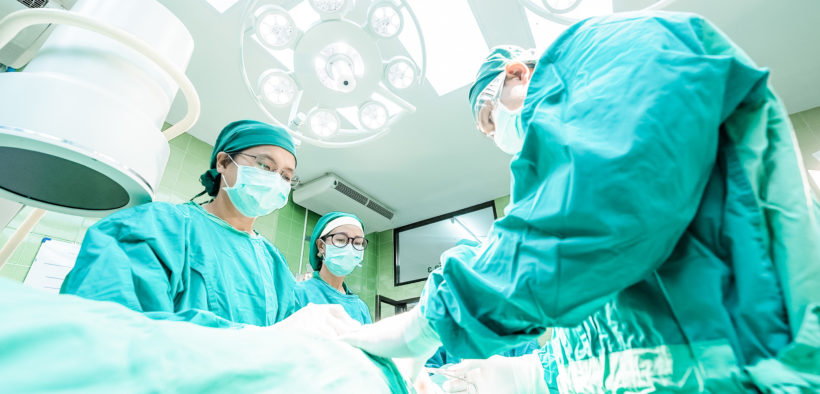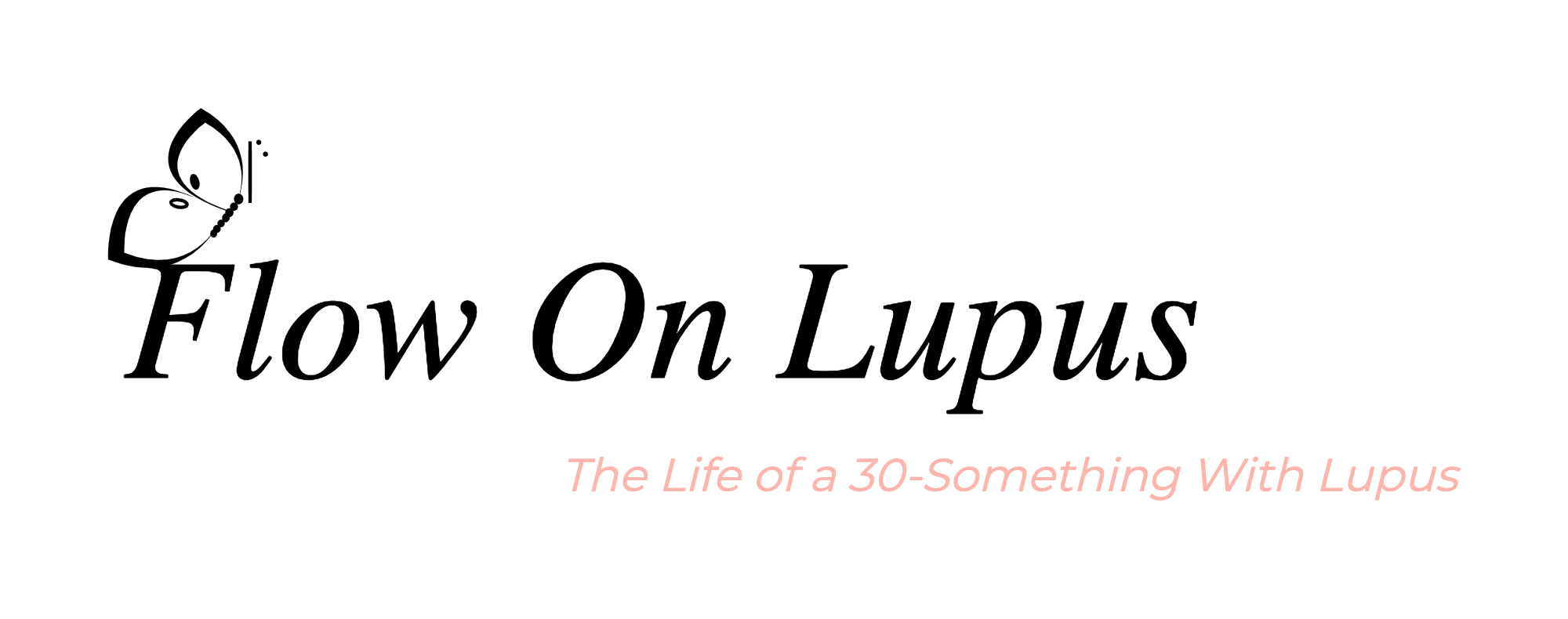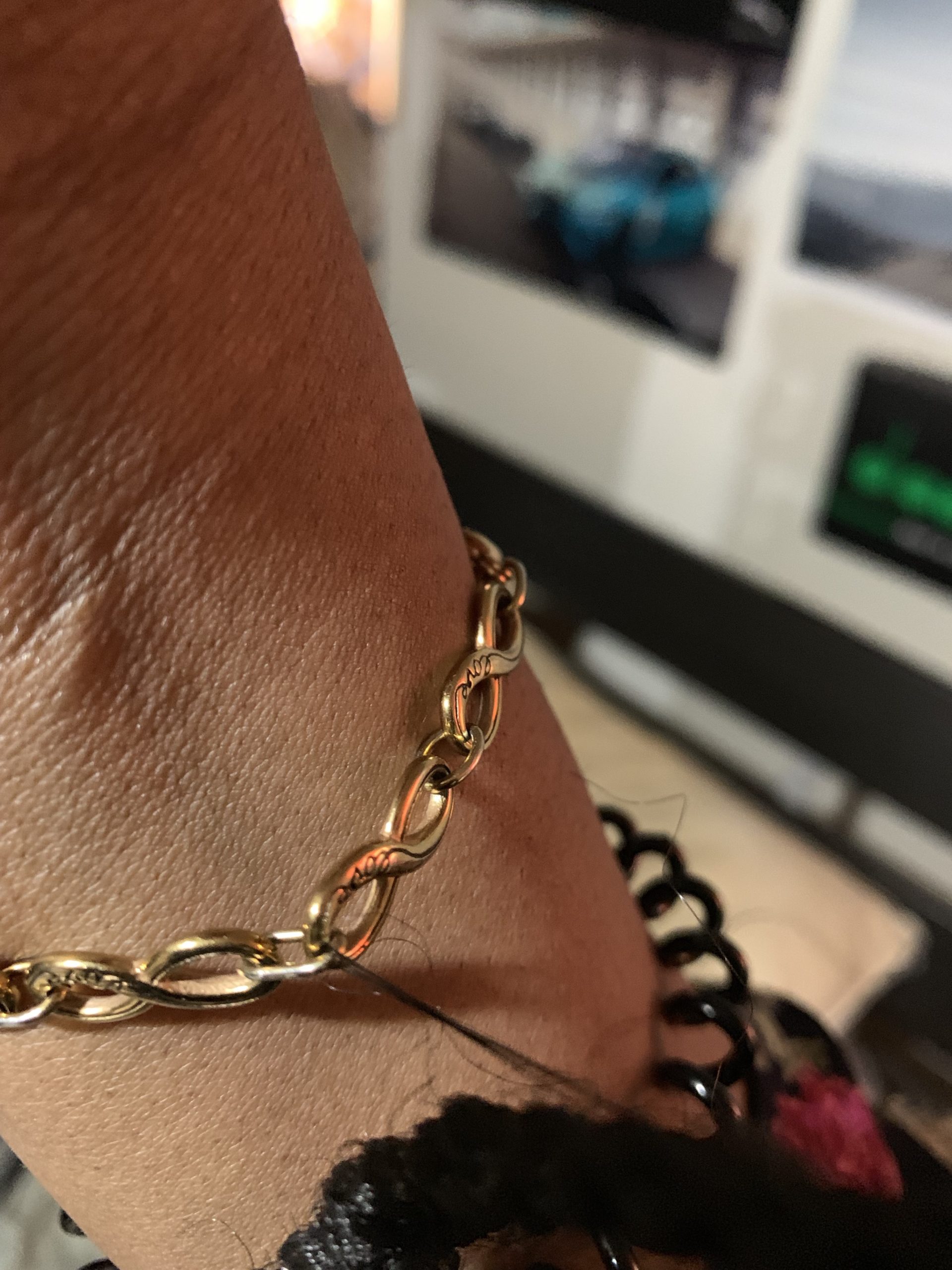Kidney Transplant Advantages

The eighth anniversary of my kidney transplant is right around the corner (on March 1.) Having lived with both dialysis and a kidney transplant, I can honestly say that my life has improved so much since receiving my kidney transplant. I know that many people may be in the same position as I am, and are unsure if they want to go through a pretty significant (but routine!) surgery.
Freedom
Above all, one of my favourite things about my life post-transplant is the fact that I’ve regained my freedom and independence. When I was doing in-centre dialysis, I had to do it three times a week, and each session was four hours long. For me, this was an exhausting process, and I would usually come home and go right to sleep afterwards. Three days out of my week were pretty much a write off.
When I started doing nocturnal home hemodialysis, life was considerably better. Since dialysis usually made me crash when it was over, sleeping during dialysis was a no-brainer. I’d wake up feeling rested and refreshed. There was the massive task of taking care of the dialysis machine, the beeping at night, having to sleep with my arm straight since there was a line/needle in there…but still, the pros outweighed the cons.
After my kidney transplant, I didn’t have to worry about any of that stuff anymore. I was free from the machine!
Travel
Travelling became fun again after receiving my kidney transplant. While I was on dialysis, I travelled to both Florida and England. The out of pocket cost to receive treatment was huge. In England, each treatment was 300 pounds. In Florida, each treatment was $600. The Canadian government used to reimburse up to $210 per treatment, but I don’t believe that to be the case anymore. When I did dialysis in Florida, I had to pay a hundred bucks just to see their doctor for 6 minutes (after waiting over an hour.) It was not only absurd, but waiting for doctors and spending hours on treatment took a huge chunk out of our vacation time. The kicker is that they wouldn’t even accept me into the dialysis centre without a full exam/report from my doctor. What was the point of having my doctor write up a whole report if I would be forced to see their doctor anyway?
Another con: I could never be spontaneous and find a last-minute deal and travel. Everything I did had to be pre-planned. Now with my kidney transplant, that is no longer a concern. That said, I’m very much a “plan ahead” kind of gal, but you never know.
Energy and Wellness
When I woke up from my kidney transplant surgery, I IMMEDIATELY felt better. It was strange. You don’t know how “unwell” you feel until you feel “well.” Does that make sense?
My energy levels increased dramatically. I’m able to do things that I couldn’t do while on dialysis, like go to the gym and go bike riding without feeling like I was going to pass out.
Working Full-Time
I’m not saying that it can’t be done while on dialysis, because I’m sure it can. But for me personally, working full-time while on dialysis wasn’t a reality. It wasn’t possible while I was doing the in-centre treatment because I would have to either do in-centre dialysis during the day or in-centre dialysis at night. Doing it during the day would leave no time for me to go to work. Doing it at night means that my treatment wouldn’t finish until 10 pm, and I wouldn’t get home until 11 pm. Then what, go straight to bed? Then up for work the next day? When do I get to eat dinner?
Doing it at home wouldn’t be much better. I would have to go to bed and wake up super early, and if my machine beeped or malfunctioned at night, I’d have to wake up and figure out what the problem is. Doing that would leave me tired and unable to function at work.
With my transplant, I don’t have to worry about any of that. I can get up, go to work, and come home without a second thought.
Time
Speaking of working, can I just say that dialysis in and of itself is a full-time job? The act of being dialyzed, the back and forth from home to the hospital, and the naps that followed…it was all extremely time-consuming. It was time-consuming when you think about the actual time spent doing these things, and also the mental time that dialysis took up in my head.
After I got my transplant and was all healed, I realized how much time I got back in my life. I started doing things I wanted to do, like dating, going out with friends, and just enjoying life.
No More Fluid Limits
When I was on dialysis, I really had to watch my fluid intake. I was limited to a litre of fluid a day. What? I can drink a litre of water in ONE SITTING. Not being able to drink what I wanted when I wanted really affected me. I had to avoid things I liked, like salt, spicy food, etc., because they would alll, of course, make me thirsty.
The reason behind the fluid intake restriction has to do with dialysis. Dialysis removes toxins from your body, and removes extra fluid as well. Each individual has a “dry weight”. for example, when I was on dialysis, my dry weight was 52kg. So when I got to the dialysis centre, the first thing that I would do is get weighed. Usually, my weight would be anywhere between 54kg and 55kg. The dialysis machine would then be programmed to remove anywhere from 2-3kgs.
Now, the issue is, removing too much excess fluid in a 4 hour period is hard on the body. If you try to remove too much fluid, not only will it make you extremely tired, but worse, you may end up getting killer leg cramps. It’s PAINFUL. So more often than not, you’re better off doing yourself a favour and keeping an eye on your fluid intake.
What’s worse? Prednisone made me thirsty AF.
Food
I love food. Let’s start with that.
Now, when my kidneys failed. I was given a kidney diet. I am a salt fanatic. When I was told to avoid salt, I could have cried. I lost a lot of weight. It made me realize how much garbage I ate ha. No bananas, no hot dogs, no canned meats, no dairy, no potatoes, no tomatoes…what the hell? What can I eat??
While I like to eat everything in moderation, it’s nice not to have to read labels every second of every day.
Fewer Hospital Visits
In the days following my kidney transplant, I had to go to the hospital a lot. In fact, I had to go to the hospital every other day for the first few weeks. The frequency went down dramatically after that. Now, I see my transplant nephrologist two to three times a year. Going from three times a week (plus appointments!) when I was on dialysis, to two to three times a year (with some visits to the hospital for blood work sprinkled in there) makes a world of difference.
In general, hospitals can be petri-dish cesspools. The less time spent there, the better. I mean, let’s face it. Most people in the hospital are sick, possibly immunocompromised, and harbouring bugs. You are much better off staying away if you can.
Receiving a kidney transplant has made a profound difference in my quality of life. I won’t say that it has always been sunny skies; there have been some tough days as well. But for me, the pros outweigh the cons tenfold.













It’s so inspiring to hear your long journey from dialysis to kidney transplant. It gives us hope to look forward to a better future. Than you for all your invaluable insight and information. You are definitely an amazingly courageous person. Wishing you continued good health. 🙏
Hi Joshna! Thank you so much for your kind words. It’s so nice to hear from you. I hope both you and your husband are doing well. Keep in touch!